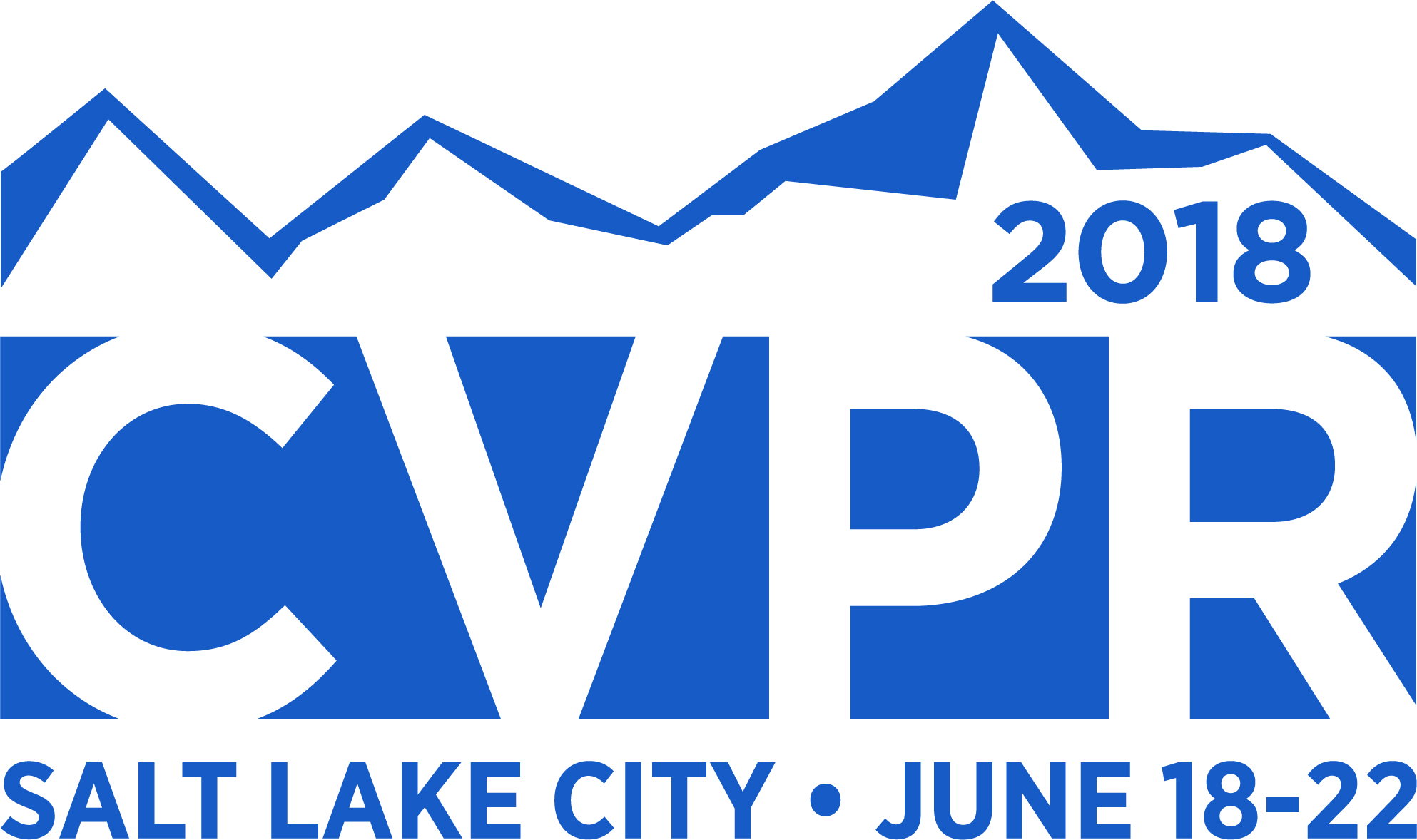-
Deep Mutual Learning
AbstractModel distillation is an effective and widely used technique to transfer knowledge from a teacher to a student network. The typical application is to transfer from a powerful large network or ensemble to a small network, in order to meet the low-memory or fast execution requirements. In this paper, we present a deep mutual learning (DML) strategy. Different from the one-way transfer between a static pre-defined teacher and a student in model distillation, with DML, an ensemble of students learn collaboratively and teach each other throughout the training process. Our experiments show that a variety of network architectures benefit from mutual learning and achieve compelling results on both category and instance recognition tasks. Surprisingly, it is revealed that no prior powerful teacher network is necessary -- mutual learning of a collection of simple student networks works, and moreover outperforms distillation from a more powerful yet static teacher.
Related Material
[pdf] [arXiv][bibtex]@InProceedings{Zhang_2018_CVPR,
author = {Zhang, Ying and Xiang, Tao and Hospedales, Timothy M. and Lu, Huchuan},
title = {Deep Mutual Learning},
booktitle = {Proceedings of the IEEE Conference on Computer Vision and Pattern Recognition (CVPR)},
month = {June},
year = {2018}
}
These CVPR 2018 papers are the Open Access versions, provided by the Computer Vision Foundation.
Except for the watermark, they are identical to the accepted versions; the final published version of the proceedings is available on IEEE Xplore.
Except for the watermark, they are identical to the accepted versions; the final published version of the proceedings is available on IEEE Xplore.
This material is presented to ensure timely dissemination of scholarly and technical work.
Copyright and all rights therein are retained by authors or by other copyright holders.
All persons copying this information are expected to adhere to the terms and constraints invoked by each author's copyright.

